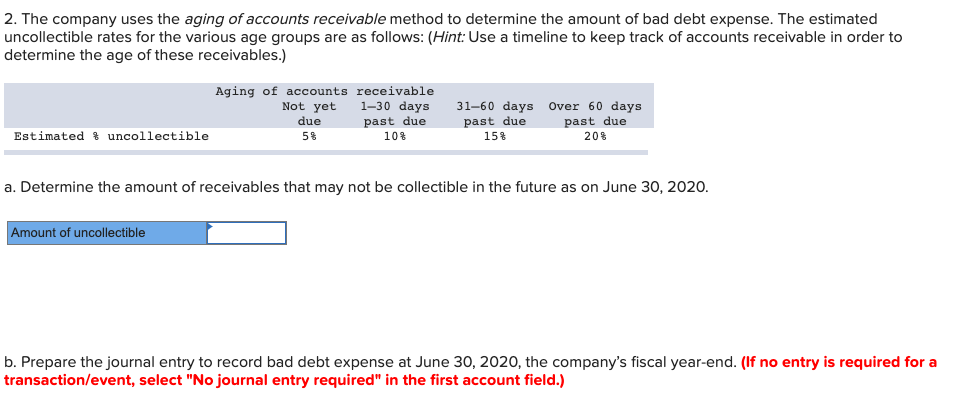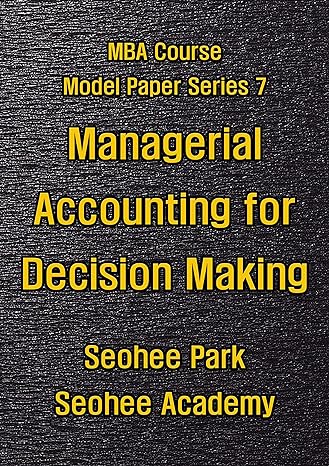Question
IceKreme Inc. makes ice cream machines for sale to ice cream parlours. The following events occurred between April 1 and June 30, 2020: April 10:
IceKreme Inc. makes ice cream machines for sale to ice cream parlours. The following events occurred between April 1 and June 30, 2020:
April 10: Received an order from Peters Appliances, a wholesaler, for 28 machines.
April 30: Sold 42 machines to Yuri Inc. on credit.
May 1: The purchasing manager of Peters Appliances visited IceKremes factory and purchased 30 machines on credit, instead of the 28 machines that were previously ordered.
May 5: Yuri Inc. paid for the machines purchased on April 30.
May 7: Sold 15 machines to Cheng Ltd. on credit.
May 10: Wrote off $12,000 of accounts receivable that were considered uncollectible. These receivables relate to sales made prior to April 1, 2020.
May 15: Peters Appliances returned three defective machines and paid the amount due.
June 1: Received $180,000 from Cheng Ltd. on account.
June 30: Recovered $3,300 from the receivables that were written off on May 10.
Additional information is as follows: IceKreme sold all machines at $15,000 per unit. All of IceKremes sales were on credit with terms 3/10, n/30. IceKremes records included the following items and their balances as at March 31, 2020:
-Accounts receivable $66,000
-Allowance of doubtful accounts (credit balance) 20,400
-Net Sales 660,000
1. Prepare the journal entries to record the transactions that occurred from April 1 to June 30 2020
2.  3. IceKreme's net accounts receivable were $180,000 at June 30,2019. Calculate their average collection period for fiscal year 2020. (Use 365 days a year. Round intermediate calculations to 2 decimal places. Round the final answer to 1 decimal place.)
3. IceKreme's net accounts receivable were $180,000 at June 30,2019. Calculate their average collection period for fiscal year 2020. (Use 365 days a year. Round intermediate calculations to 2 decimal places. Round the final answer to 1 decimal place.)
2. The company uses the aging of accounts receivable method to determine the amount of bad debt expense. The estimated uncollectible rates for the various age groups are as follows: (Hint: Use a timeline to keep track of accounts receivable in order to determine the age of these receivables.) Aging of accounts receivable Not yet 1-30 days due Estimated & uncollectible 53 10% past due 31-60 days past due 15% Over 60 days past due 208 a. Determine the amount of receivables that may not be collectible in the future as on June 30, 2020. Amount of uncollectible b. Prepare the journal entry to record bad debt expense at June 30, 2020, the company's fiscal year-end. (If no entry is required for a transaction/event, select "No journal entry required" in the first account field.)
Step by Step Solution
There are 3 Steps involved in it
Step: 1

Get Instant Access to Expert-Tailored Solutions
See step-by-step solutions with expert insights and AI powered tools for academic success
Step: 2

Step: 3

Ace Your Homework with AI
Get the answers you need in no time with our AI-driven, step-by-step assistance
Get Started


